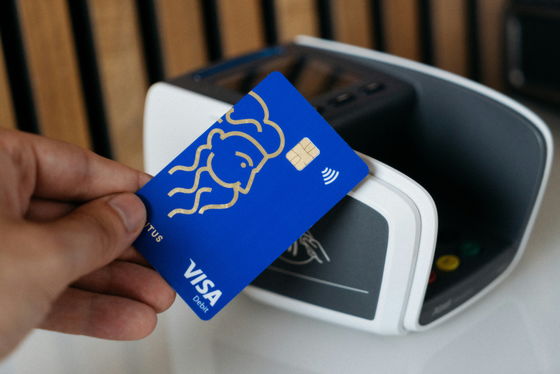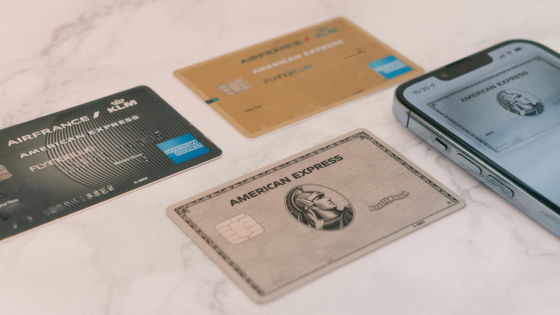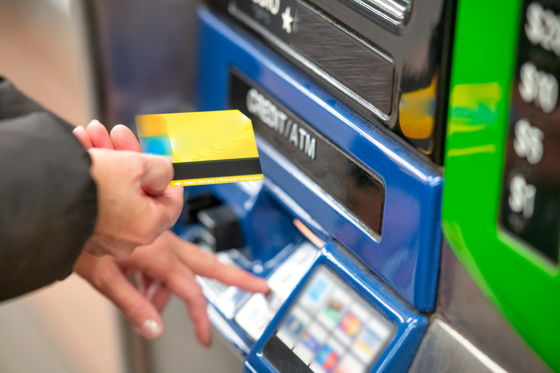How did Visa and Mastercard come to dominate the global credit card market?

The global payment processing market is dominated by two giants: Visa and Mastercard. These two companies account for 90% of the global payment processing market excluding China, and the market value they monopolize is said to be approximately $850 billion (approximately 128 trillion yen). Financial advisor Peter Westberg examines the current situation in which such a huge market is monopolized by just two companies.
Visa and Mastercard: The Global Payment Duopoly

The origins of the credit card industry date back to 1950. Diners Club issued the first prototype of the modern credit card. Following the success of Diners Club, major American financial institutions began issuing their own credit cards.
In 1958, American Express became the first major company to issue its own charge card. Despite the steep annual fee of $6 ($64 in today's currency), interest from consumers was so strong that American Express ended up issuing 250,000 cards.
Later, in 1958, Bank of America also entered the credit card business. In 1966, Bank of America expanded its credit card service area and changed its name to Visa. Then, in 1976, Visa was spun off from Bank of America and became an independent company.

In 1966, the same year Bank of America launched Visa, a consortium of competitors formed the Interbank Card Association (ICA), which later changed its name to MasterCharge and then to Mastercard in 1979.
Since then, Visa and Mastercard have controlled 90% of the global credit card market excluding China, and they have the highest operating margins of any company in
Both debit and credit cards originated in the United States, and Visa and Mastercard were both founded in 1966, meaning that their competitors only existed in the United States.
Founded in 1850 as a transportation and currency exchange company, American Express launched its credit card business in 1958 to meet the changing needs of post-war America. During this era, consumerism was on the rise and a growing middle class with more disposable income allowed American Express cardholders, who had to pay for their card purchases at the end of each month, with an annual fee.
'American Express's credit card revolutionized the payment landscape, facilitating a shift from cash and checks to electronic payments. This makes American Express a true pioneer and trailblazer in the credit card and payment processing space,' Westberg said. However, Visa and Mastercard would go on to dominate the market.

Following the success of American Express, Visa and Mastercard were born from major banks. In order to prevent competitors from entering the market, Visa and Mastercard used the influence of their base banks to refuse the issuance of credit cards from other networks such as American Express and the acceptance of cards from other companies by affiliated stores. As a result, credit card affiliated stores were forced to sign a contract with either Visa or Mastercard.
American Express sued Visa and Mastercard for these unfair business practices and won the case, prohibiting them from engaging in the restrictive practices mentioned above. However, the two companies, which already controlled a significant portion of the market at this point, continued to strengthen their monopoly by leveraging their network advantages and the flywheel effect.
According to the Federal Reserve (FRB), as of 2021, the number of debit card payments in the United States exceeded 100 billion, which is approximately twice the number of credit card payments (51 billion). In terms of transaction value, debit cards account for $4.6 trillion (approximately 693 trillion yen), while credit cards account for $4.9 trillion (approximately 738 trillion yen). In other words, the transaction value per payment is approximately twice that of credit cards.
In the US, Visa and Mastercard dominate the debit card market, accounting for 60% and 25% of debit card transactions, respectively. While fee structures are complex and vary depending on region, PIN usage, card presence, number of participating merchants, and transaction volume, Visa and Mastercard apparently charge a fee each time a transaction passes through their network.

To understand the true value of Visa and Mastercard's business model, it's important to understand their revenue streams and how their payment processing value chain works. Rather than issuing cards or setting interest rates, Visa and Mastercard operate an electronic payment network that connects merchants, banks, and consumers. Their revenue comes from transaction processing fees and the provision of services to financial institutions.
Westberg said payment processing can best be described as the digital equivalent of railroading. Just as railroad owners have a significant influence over transportation because freight cannot be moved on trains without them, payment processors control digital transactions. If a new entity were to undertake railroad construction, the cost would be prohibitive and the initial investment would rarely be recouped. For example, a railroad in Texas would have limited value if it wasn't connected to the broader national rail network. The same is true for payment processing.
As Visa and Mastercard add new banks to their payment networks, the value to merchants increases. This virtuous cycle makes it increasingly difficult for Visa and Mastercard to compete as they expand their business. Visa and Mastercard have established themselves with large user and merchant bases. As a result, Visa and Mastercard's biggest rival, American Express, has been forced to expand its payment network through alternative means.
Additionally, from a competitive perspective, payment processing power is greatly enhanced by distribution: In addition to relying on scale and first-mover advantage, Visa and Mastercard have made huge profits by using major banks as distributors of their cards, a relationship that continues to this day.

Since the dawn of payment processing in the 1970s and 1980s, various companies have tried to convince regulators to break up the monopoly of Visa and Mastercard, but in 2024, the issue remains unresolved.
For example, Amazon announced that it would stop accepting Visa in the UK, in what is seen as an attempt to negotiate lower transaction fees. Such complaints among retailers are not uncommon. Major retailers such as Walmart and Costco have also been lobbying for better terms for years, and these negotiations have been partially successful.
Amazon's market capitalization is $1.6 trillion (approximately 240 trillion yen), accounting for 40% of e-commerce sales in the United States. Such a large share of sales should give it significant influence over payment networks. However, if Visa and Mastercard were to lower their fees to please Amazon, they would risk angering banking clients like JPMorgan Chase and Bank of America. Therefore, it appears that large companies like Amazon are also difficult customers for Visa and Mastercard.

Meanwhile, there's also the threat that fintech companies offer a way to bypass traditional payment networks entirely. Digital wallet services like PayPal and Block (formerly Square) allow consumers to pay merchants directly via bank transfer. Worldpay reports that these types of digital wallets, including Apple Pay, account for roughly one-third of e-commerce transactions in North America and Europe.
Additionally, the rapid growth of 'pay later' services like Klarna and Affirm , which allow consumers to pay for purchases in monthly installments, is also posing a significant threat to credit cards.
Visa and Mastercard's market dominance has played a key role in the digitization of payments. As regulatory scrutiny increases, the companies may face changes to their business practices and adapt to a more competitive market environment.
in Note, Posted by logu_ii